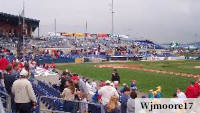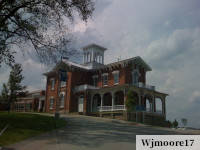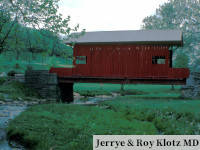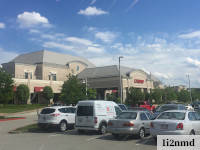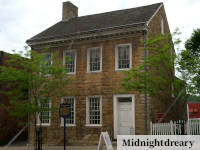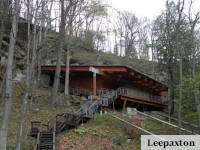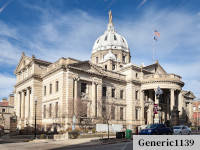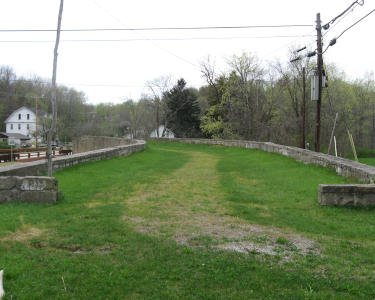Get Started With Geocaching
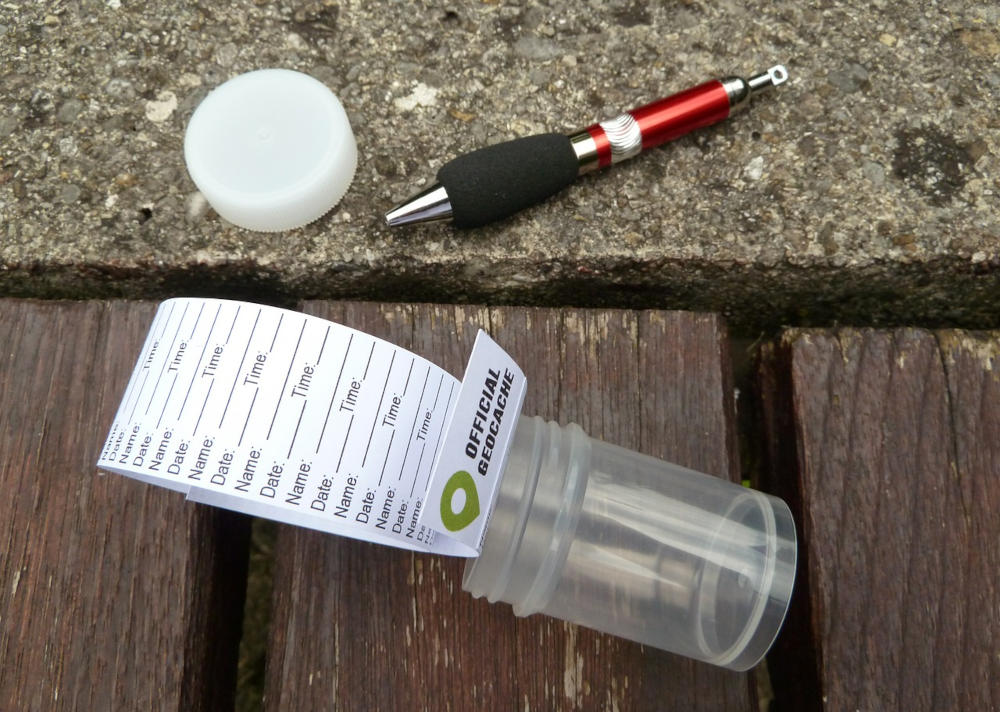
Geocaching is a treasure hunt where individual people, families or groups of friends can seek hidden things in Washington County, PA for free.
The things people hide are called geocaches or caches. The GPS coordinates for the hidden things are added to websites where people can see the caches that are located in the area. Often an app is downloaded by treasure hunters to make things easier. When a cache is discovered, people physically record their name and date on a log as proof that they were there.
The first thing is to have GPS coordinates for a cache. iPhone users install the Cachly app while Android users install the Geocaching app from Groundspeak. The Geocaching app has a paid level, but the free account shows a lot of geocaches in the 15301 zip code.
People follow the GPS coordinates on their smartphone until they get close to a cache – within about twenty feet. Then they use their eyes to find the cache, following any clues from the website while looking for things that seem to be out of place.
Most people make their first geocache run locally. Washington Park holds the oldest geocache in Washington County. It was hidden in 2001. The clues to find it begin with parking at the Twist ball field and walking the loop. Geocaching.com, the app that lists geocaches, has additional clues on their Washington Park cache page. If the visible clues aren’t enough to find the treasure, that page has more clues that can be decoded by hand or revealed by clicking or touching the screen.
The Mingo Overlook Trail Cache was hidden twenty years ago. Other caches have been hidden at Mingo Creek County Park, which is about a half-hour from Washington. In October, the park offers Trick Or Treat Geocaching, where kids can find treats while they learn about geocaching.
People can make a day of it by driving to the Montour Trail or Panhandle Trail to the north, the Greene River Trail to the south or the Wheeling Heritage Trails to the west. Geocaches have been hidden along those stretches that were once used by railroads but have been turned into walking and hiking trails. Some of the hiding places are more unusual – for instance, in old railroad tunnels.
The treasure or SWAG that can be discovered is inexpensive. Often there’s a small plastic container, a 5-gallon bucket or even a surplus military ammunition can to keep the treasure safe from the weather. The container usually holds a paper log, and may contain a pencil, small toy or coin, an unusual stone or something that has sentimental value.
The etiquette of geocaching is straightforward. When a cache has been found, people sign the log with their name and date as a way of recording their discovery. If something is taken, something is left behind – another small toy, trinket or tchotchke. Food, alcohol, suggestive materials or illegal items are never cached. The cache is placed back where it was found, so it’s available for the next person to find.
People have been geocaching since the turn of the century, when GPS became accurate enough for a small cache to be placed and located. The activity grew rapidly. Apps and niche websites have information about how to geocache and listings of geocaches. Hundreds of videos about geocaching have been uploaded to YouTube. Weekend geocaching adventures have been organized.
Millions of of geocaches have been placed around the world. Simple caches are placed alongside roads. Small caches are placed in urban settings. Many PA state parks hold geocaches. Some caches are camouflaged. Complex geocache gaming includes following a series of clues, traveling longer distances, or even SCUBA diving or kayaking.
Hundreds of doable geocaches are hidden in Washington County, many of them close to or in the City of Washington. All those possibilities add up to a summer of fun and activity.
This article was published in
